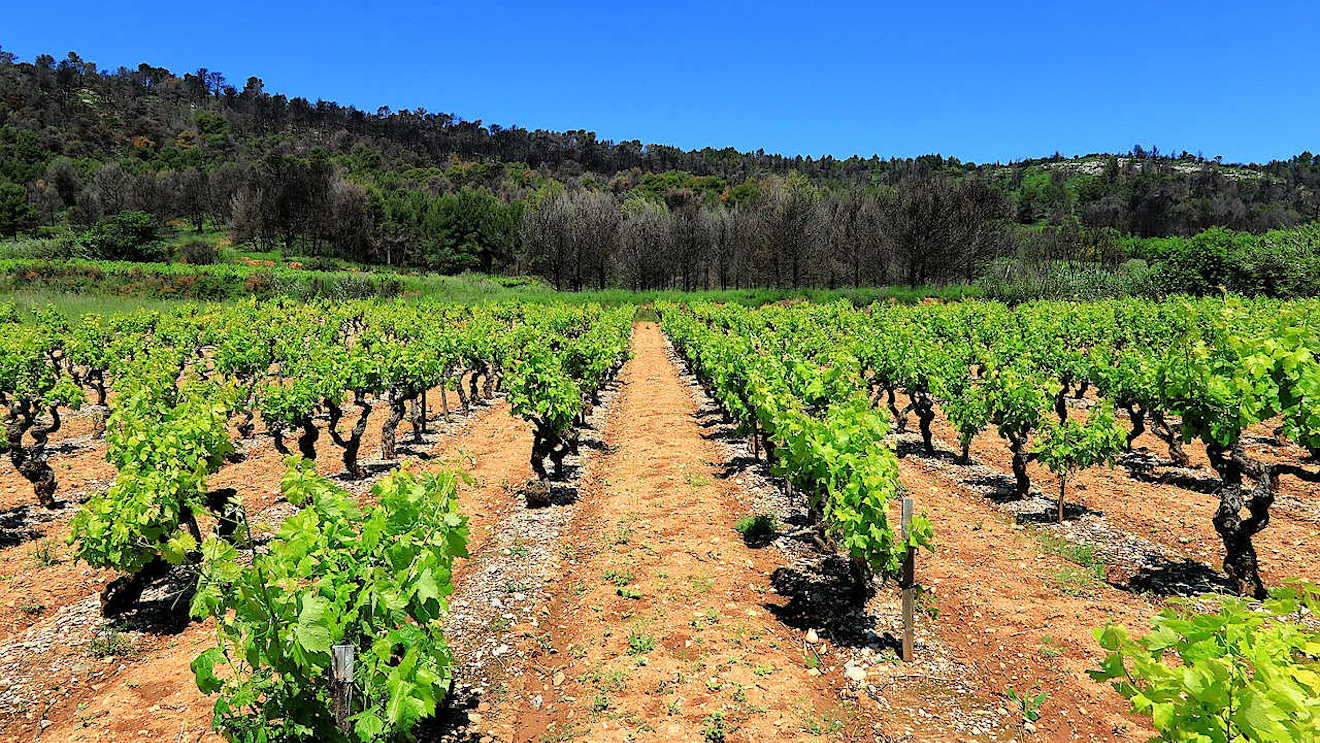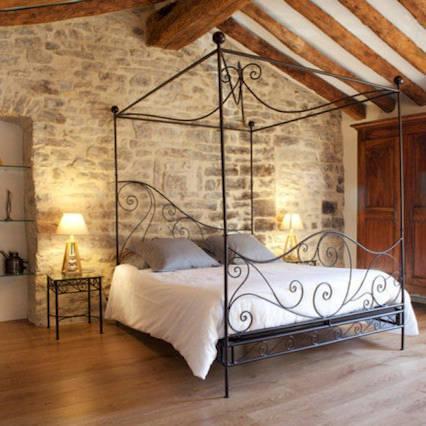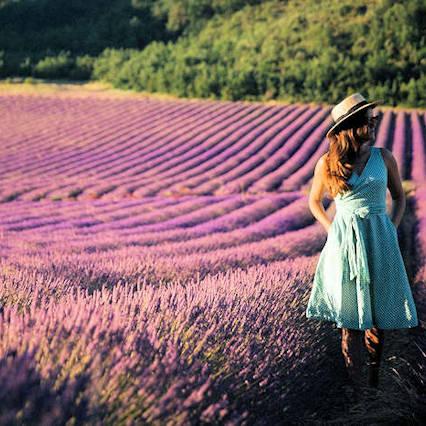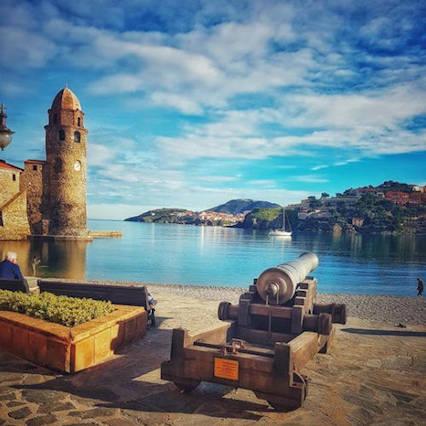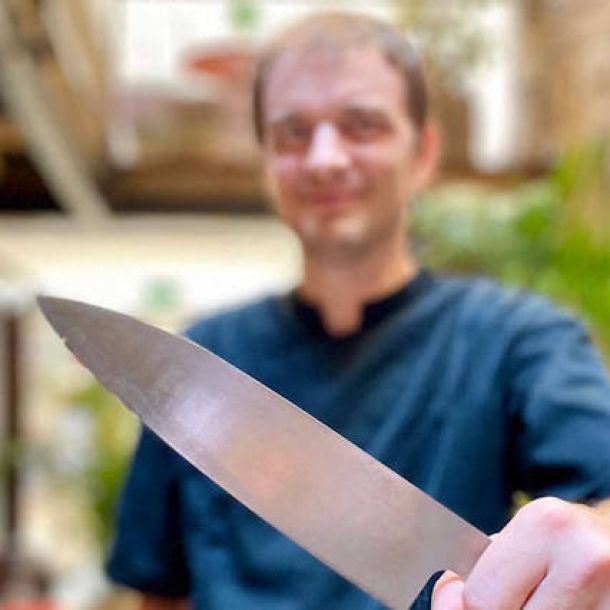- Last updated on .
- Hits: 4945
Vineyards of Languedoc
Located in Southern France, the Languedoc wine region is part of the large Mediterranean coastal area, reaching from the Spanish border to Provence in the east. The vineyards of Languedoc are experiencing an exciting renaissance with production moving away from high volume to focus more on high quality. The Languedoc wine region benefits from long hot summers, perfect for growing wine. Although climate change is bringing some particular challenges, the discovery of vast underground water reservoirs in parts of the Languedoc, offers some hope for future wine production in the area.
The Languedoc wine region - facts & figures
The Languedoc wine region is the largest vineyard area in the world and it is estimated that during the 20th Century, one in ten bottles sold throughout the World was produced in the Languedoc and in 2001, the region produced more wine than the United States. [SOURCE: The Wine Bible].
The Languedoc vineyards are 3 times the size of the Bordeaux wine region and more than one in three French wines is produced here. The Languedoc is also the largest producer of organic wines in France.
The majority of Languedoc’s wines tend to be red wines made from a blend of grapes, but Rosé wines, excellent White wines and sparkling wines are also found here.
The Vineyards of Languedoc
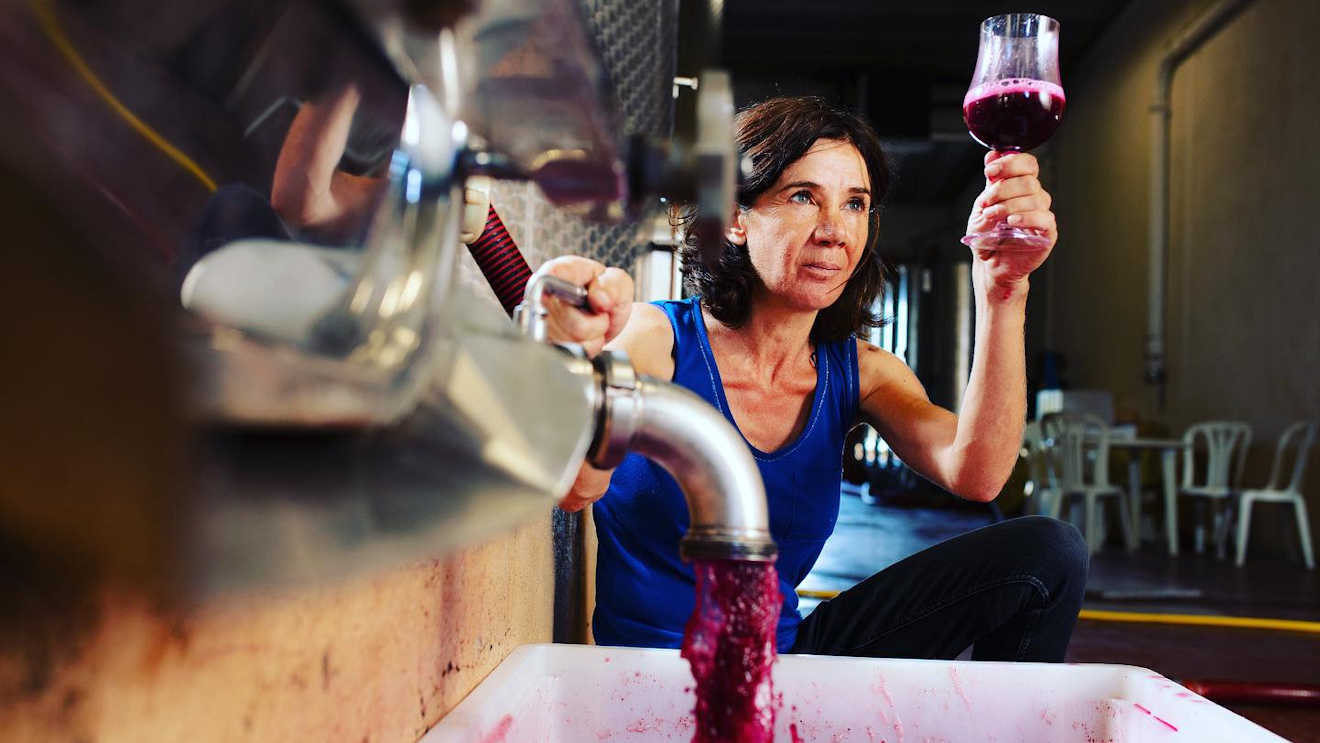 Domaine du Jougla, Saint Chinian wine producer
Domaine du Jougla, Saint Chinian wine producer
There was a time when the wines of Languedoc in Southern France were looked down upon, even by the French themselves. Indeed, in the early 1900's soldiers had to be despatched into the Languedoc wine villages to put down an open revolt by winemakers protesting over the low wine prices imposed by Parisian wine merchants. But now the French regard the wines from the Languedoc region as amongst the very best wines in France.
The well-respected Sunday Times wine critic, Janice Robinson. Janice Robinson now spends most of her time living in France (in the Languedoc region) and her opinion on the Languedoc wine industry is that whilst there are some excellent wine producers, there is still a vast amount of cynical 'commodity wine' on the market, which is just a step up from 'plonk'. Also, with selling prices remaining low, there is not sufficient money to invest in modernisation of the wine production equipment. Overall, the fundamental issue is:
". . . Today one of France's most pressing problems is how to transform the Languedoc (and southern Italy and many parts of Greece, Spain and Portugal) from a region of thousands of vignerons producing wine no-one wants to drink into a much smaller one in which perhaps hundreds of producers concentrate on the medium to high quality wine of which the region is demonstrably capable. . ."
[Source: Janice Robinson Wine Blog]
I recently interviewed Xavier Renerre, a local wine merchant, to get a detailed overview of the the Languedoc vineyards from an industry expert. Xavier has worked in the Languedoc wine industry for over 30 years and he organises wine exports to over 30 countries, including United Kingdom, Ireland, Belgium, Germany, Japan, Sweden, Canada and United States. He outlined some of the best wines from the Languedoc region, as well as highlighting some of the challenges faced by wine growers.
Xavier's overall view of the Languedoc vineyards echoed the comments of Janice Robinson:
" . . . due to its size, the Languedoc vineyards have been the largest contributor to the European Wine lake over the years. This glut of over-production needs to come down and I think over the next 10 years, the Languedoc needs to reduce its production by 30%. The challenge is to make sure that it is the low quality wine producers that transition out of the business, possibly by opening up new opportunities of land use in the region, such as solar farms, wind farms, or for wine growers to be paid for natural carbon capture by returning the land to forest or the traditional scrubland etc. . .".
Making sense of the Languedoc vineyards
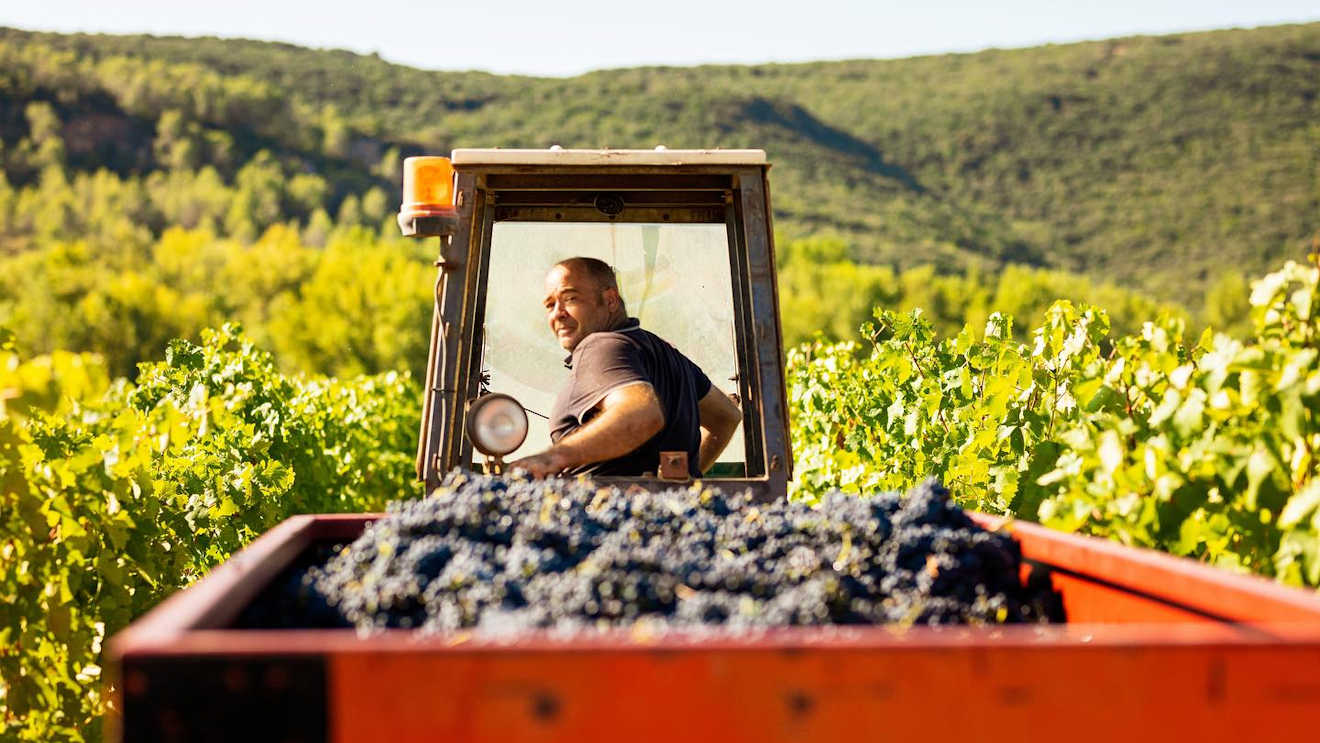
With the Languedoc wine region being so large and covering such a diverse area of land from coastal plains to rocky mountainous fields, I asked Xavier Renerre to try and split it down by area and quality. He used a football analogy of First division wines, Second division and Third division. He said that this was a broad brush approach and sometimes you can find a really excellent wine being produced in an area of poor producers, but it is still a useful way of looking at things.
First division wines in the Languedoc
As Xavier explains that to him, a first division wine is where the local wine committee (the appellation), tightly controls the quality of wine produced by all members. If a member produces inferior wines or starts to sell the wines below the established price point for the appellation, then the member can be expelled from the appellation and they will no longer be able to use its branding. In Xavier's view, there are 3 standout
Pic St Loup
Terrasse du Larzac
Picpoul de Pinet
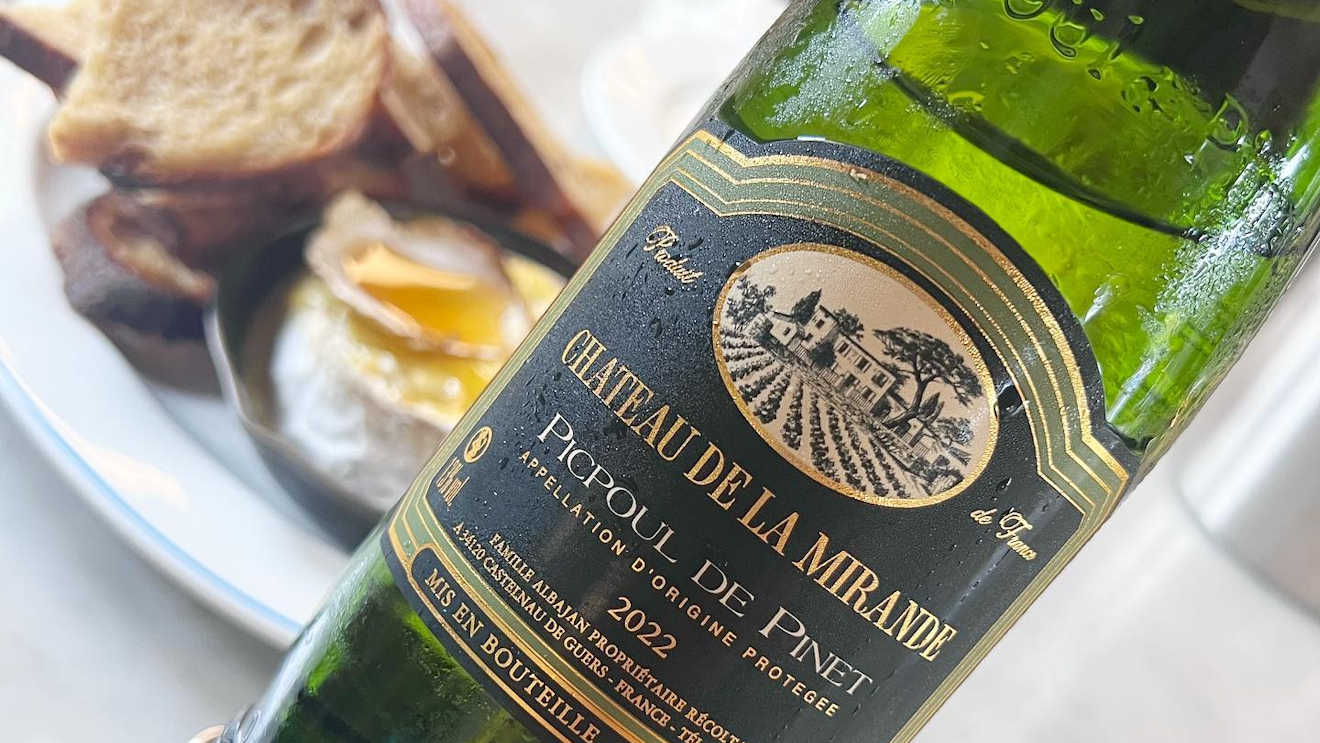
Blanquette de Limoux
(Janice Robinson
Immediately inland of Corbières are the gentler hills responsible for Blanquette de Limoux and Crémant de Limoux, the Languedoc's very serviceable traditional method sparkling wines. The former is made chiefly from the region's Blanquette grape (the Mauzac of Gaillac), the latter includes substantially more Chardonnay and Chenin Blanc and is a less distinctive but probably more sophisticated product. Limoux itself can be a source of good-value barrel-fermented, still Chardonnays, and some fine Pinot Noir is also grown here.
made in the traditional method, a technique made famous because of its association with Champagne but one that’s believed to have been discovered in Languedoc’s Limoux area. Documents dating to 1544 support this claim.
Second division Languedoc wines
Minervois
(Janice Robinson)
Minervois, in the north-west corner of the Languedoc, produces slightly smoother, more refined wines than Corbières, but is otherwise quite similar (and equally dominated by co-operatives with extremely varied degrees of skill). The hills are gentler here but some of the most characterful wines are made high up in the foothills of the Cévennes, notably above the ancient wine village of La Livinière,which has its own sub-appellation. A small amount of dry rosé and increasingly sophisticated white is also made.
Some favourite producers: Clos Centeilles and Domaines Borie de Maurel, La Combe Blanche, Maris and Piccinini. Other producers who have produced exceptional wines include Châteaux Coupe-Roses, de Gourgazaud, La Grave, Laville-Bertrou, d’Oupia, St-Jacques d'Albas, La Tour Boisé, Villerambert-Julien and, Domaine Ste-Eulalie.
Xavier La Liviniere
Corbieres
Corbières, just to the north, is, for the moment, a much more exciting appellation, with scores of ambitious, dedicated smallholders determined to persuade the varied, dry, hillsides of the appellation to yield herby, slightly wild red wines of real quality and integrity. The concentrated dry reds made here can age well although some of the cheapest bottlings of Corbières (and Minervois), however, taste little better than basic Vin de France.
Some favourite producers: Aussières, La Baronne, Caraguilhes, Cascadais, Clos de l’Anhel, Clos Perdus, Étang de Colombes, Fontsainte, Grand Crès, Lastours, Mansenoble, Les Ollieux, Les Palais-Rondolin, Pech-Latt, Révérend, Sérame, La Voulte-Gasparets.
Saint Chinian
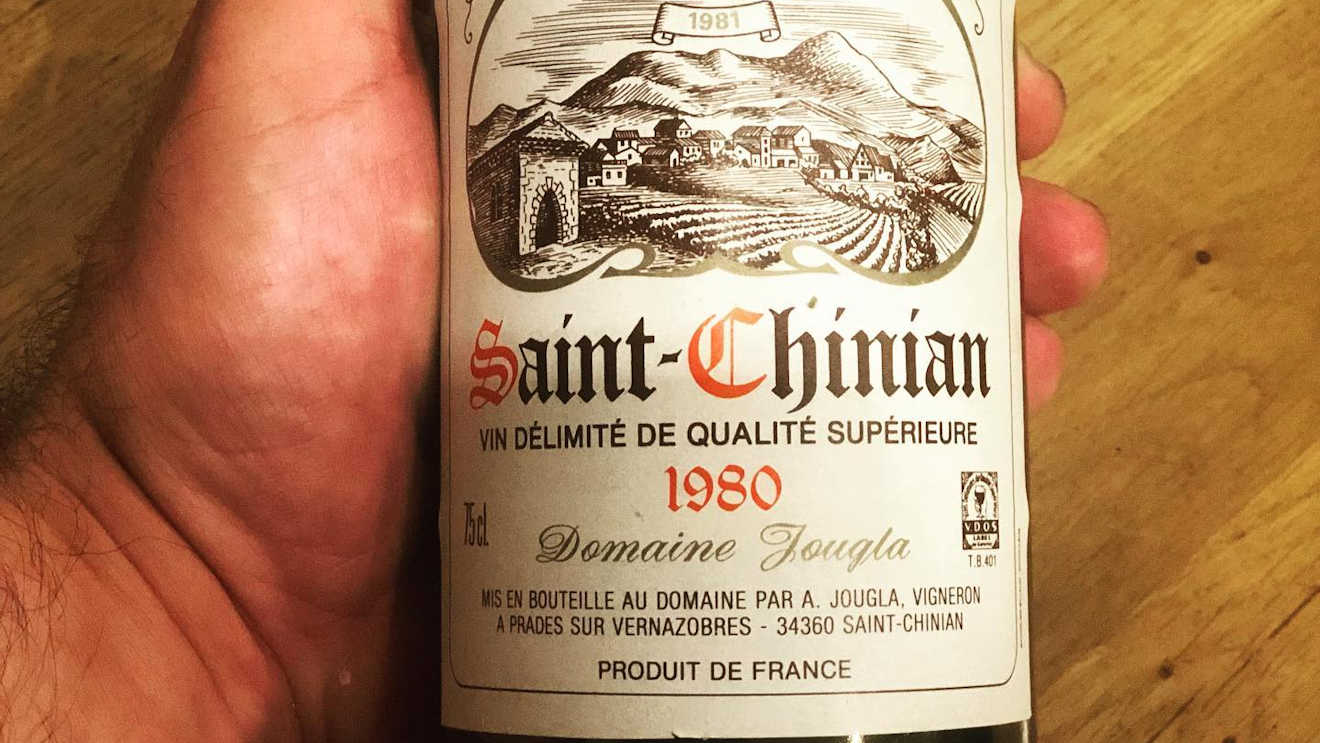
St-Chinian is right up in the dramatically craggy Cévennes foothills and benefits from the dynamism of the dominant co-operative, whose wines are sold under the Berloup label (whites can also be good). Sandwiched between eastern Minervois and Faugères, it can produce characterful reds which represent a halfway house between Syrah and Grenache influences on the ubiquitous Carignan. As elsewhere throughout the Languedoc, many of the most interesting wines are classified as IGP or Vins de Pays.
Some favourite producers: Berlou Co-op, Borie la Vitarèle, Canet Valette, Canet-Valette, Hecht et Bannier, Ch Cazal-Viel, La Grange de Quatre Sous, Des Jougla, Mas Champart, Moulin de Ciffre, Navarre, Cave de Roquebrun, Viranel, Château Coujan and Domaines du Fraisse and des Jougla.
Faugeres
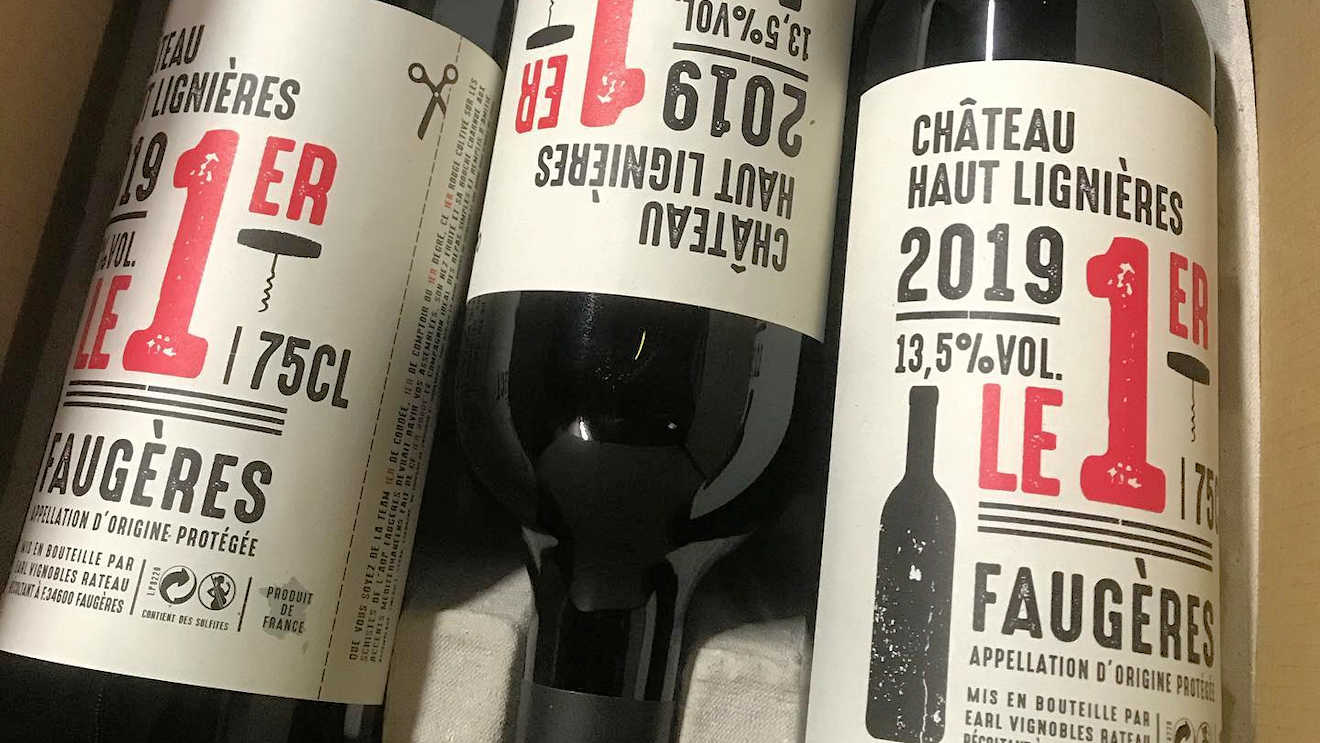
Faugères has a similar profile although the wines here can be rather smoother and rounder than those of neighbouring St-Chinian.
Some favourite producers: Dom Alquier, Dom Léon Barral, Ch des Estanilles, Ch de la Liquière.
Third division Languedoc wines
Fitou
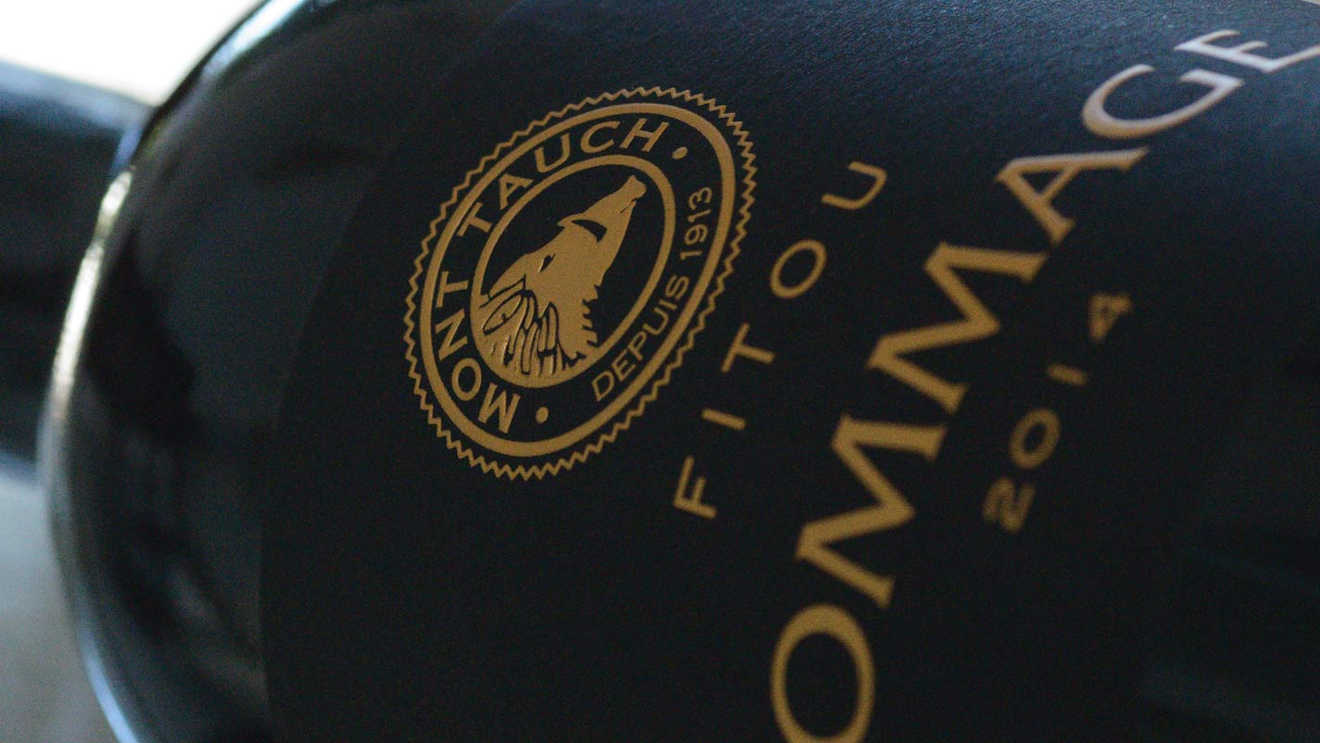
(Janice Robinson) unusually for the Languedoc an all-red appellation, is its most southerly, in the arid foothills of the Pyrenees to the south of the Corbières region. Its enormous potential is largely unrealised, perhaps because the dominant co-operatives, with the admirable exception of the Cave de Mont-Tauch, have been slow to realise that quality is the key to survival.
Some favourite producers: Bertrand-Bergé, Castelmaure co-op, Dom Maria Fita, Mont Tauch co-op, Ch de Nouvelles.
Roussillon wines
Roussillon wines are produced in the area around Perpignan, close to the Spanish border.
Here is are all year round report on the Vineyards of Languedoc.
Languedoc wines: October to March
After the flurry of activity around the harvest in September, very little goes on in the Vineyards of Languedoc. True the wines themselves are busy fermenting at the local Co-operative Caves, but out in the vineyards very little seems to be happening. But if you do look closely, all across the Languedoc region what you will see is the careful pruning of the vines to encourage abundant grape growth the following year.
White vans in the vineyards of Languedoc
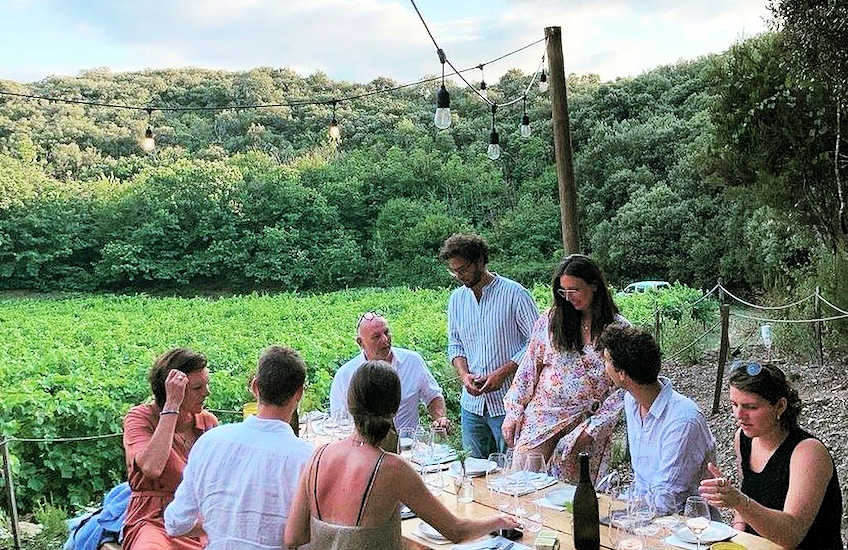 Every vineyard you look at in Languedoc during October through to March has a little white van parked up in the middle of it and a solitary person working the vines. I don't know why all the vans are white or even why they use vans, (maybe it is some subsidy?) but trust me everywhere you look you will see them in amongst the vineyards. Up and down they go, pruning back the stems of every vine, on every straight row of vines, throughout the whole vineyard. It is hardly backbreaking, but a more boring job you could not imagine. When they are finished, the vine-workers take their bundles of vine wood back to their homes and burn them on their fires. Across every village in Languedoc in the winter you will smell the beautiful fragrance of vine wood wafting out of the Chimneys.
Every vineyard you look at in Languedoc during October through to March has a little white van parked up in the middle of it and a solitary person working the vines. I don't know why all the vans are white or even why they use vans, (maybe it is some subsidy?) but trust me everywhere you look you will see them in amongst the vineyards. Up and down they go, pruning back the stems of every vine, on every straight row of vines, throughout the whole vineyard. It is hardly backbreaking, but a more boring job you could not imagine. When they are finished, the vine-workers take their bundles of vine wood back to their homes and burn them on their fires. Across every village in Languedoc in the winter you will smell the beautiful fragrance of vine wood wafting out of the Chimneys.
Languedoc Wine festivals
Unlike the summer when there seems to be another festival every week, in the winter the 'fetes' die down. It is only the obligatory Wine Festival, usually in mid-November that punctuates the tranquillity. The wine festivals are eagerly awaited in Languedoc as it is the first time the product of the vineyards is tasted and the population know whether it has been a good year or a bad year. Usually you will capture whispers about it being a good year and conversations about the last bumper year, but you never hear if it has been a bad year. Just stoical silence.
Languedoc vineyards prepared
Around March time in you will start to see the cute little tractors appearing all over the Languedoc vineyards. From the side these look just like any other tractor. But from the front and back you will see that they have been cut in half in order to fit in the vineyards. Just wide enough for one person to sit in, these little tractors trundle all over Languedoc carefully ploughing the soil in between all the vines. They do this to prevent weed growth and encourage good drainage of the soil, when we do get our precious rain.
Languedoc wines: April to August
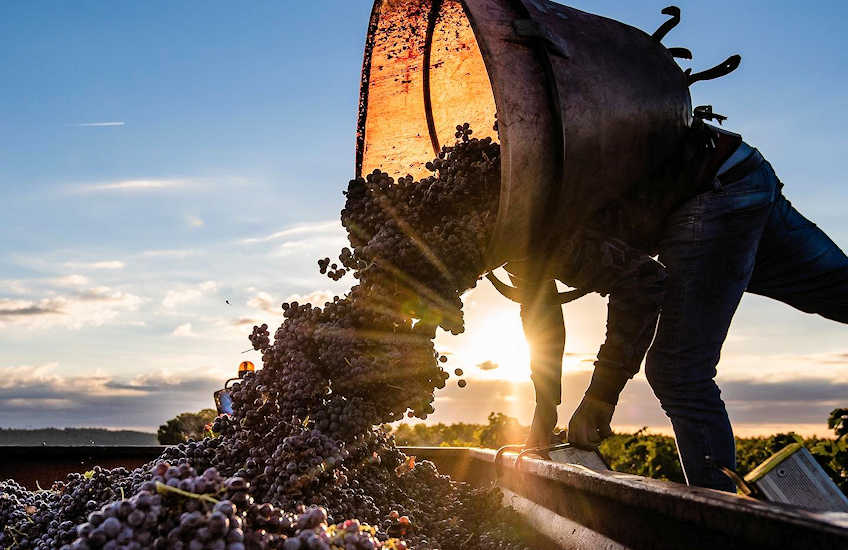 It almost seems that over one weekend at the beginning of April the whole of the Landscape in Languedoc changed dramatically. Gone were the patchwork of brown ribbed vineyards all across the hills. Now, everywhere you looked the countryside was green. Even the little white vans parked up in the fields were gone. There is still some activity in the fields. The slimmed down tractors are busy spraying the vines to keep the insects at bay. It is also during this spring and summer period than the grapes begin to flourish.
It almost seems that over one weekend at the beginning of April the whole of the Landscape in Languedoc changed dramatically. Gone were the patchwork of brown ribbed vineyards all across the hills. Now, everywhere you looked the countryside was green. Even the little white vans parked up in the fields were gone. There is still some activity in the fields. The slimmed down tractors are busy spraying the vines to keep the insects at bay. It is also during this spring and summer period than the grapes begin to flourish.
Languedoc: best climate for wine
The climate in Languedoc is perfect for wine. The long dry summers under the hot Southern France sun help to grow the grapes rich in sugar and full of tanin in the grape skins. The winters are mild in the Languedoc, the rain when it comes is usually torrential and quickly washes across the soil. The wind also blows through the vineyards. To the north in the Rhone valley, the Mistral cuts through the famous Rhone vineyards like a blade. To the South, in the triangle formed by Narbonne, Carcassonne and Perpignan, the Tramontane blows strong and is home to many wind farms in amongst the vineyards of Fitou, Minervois and Riversaltes.
